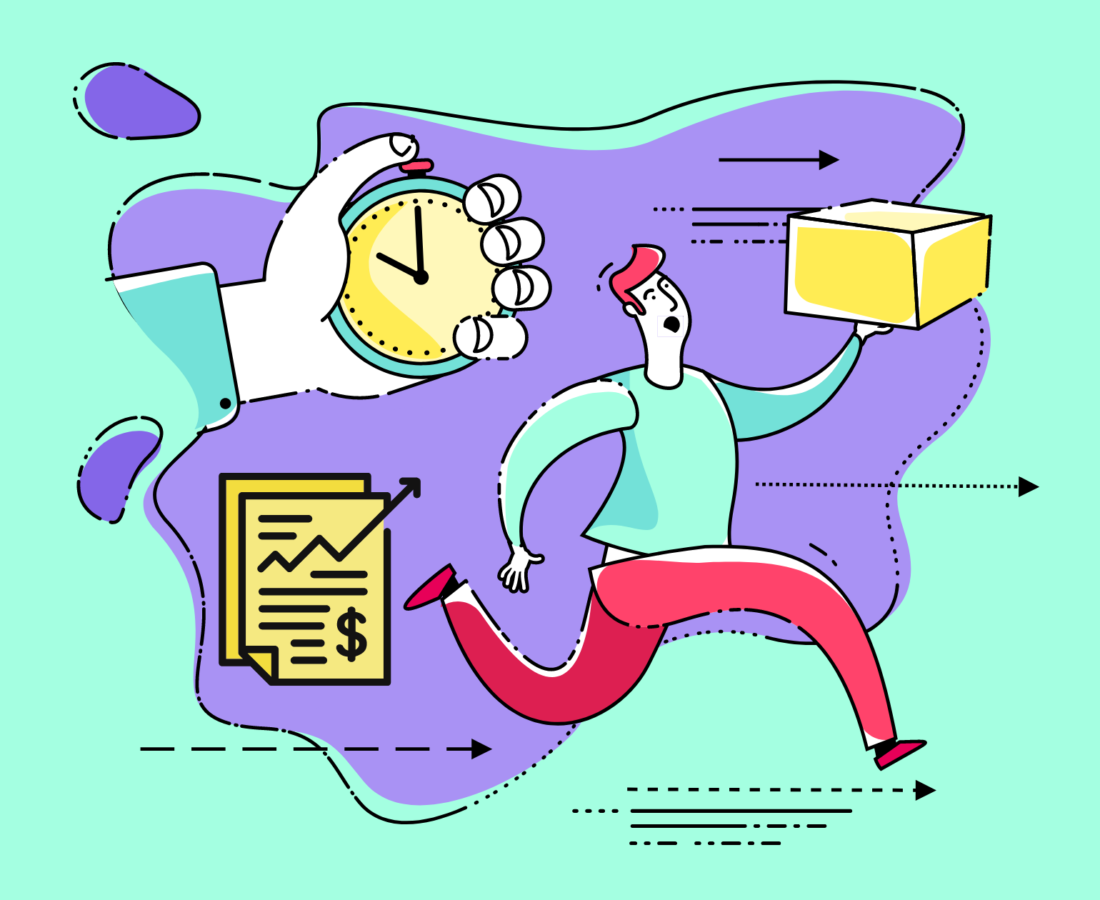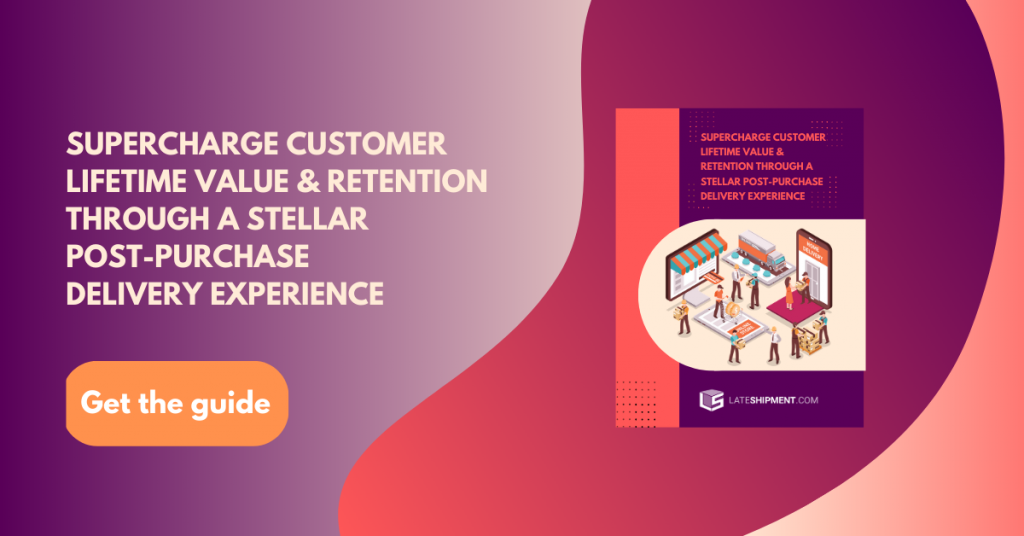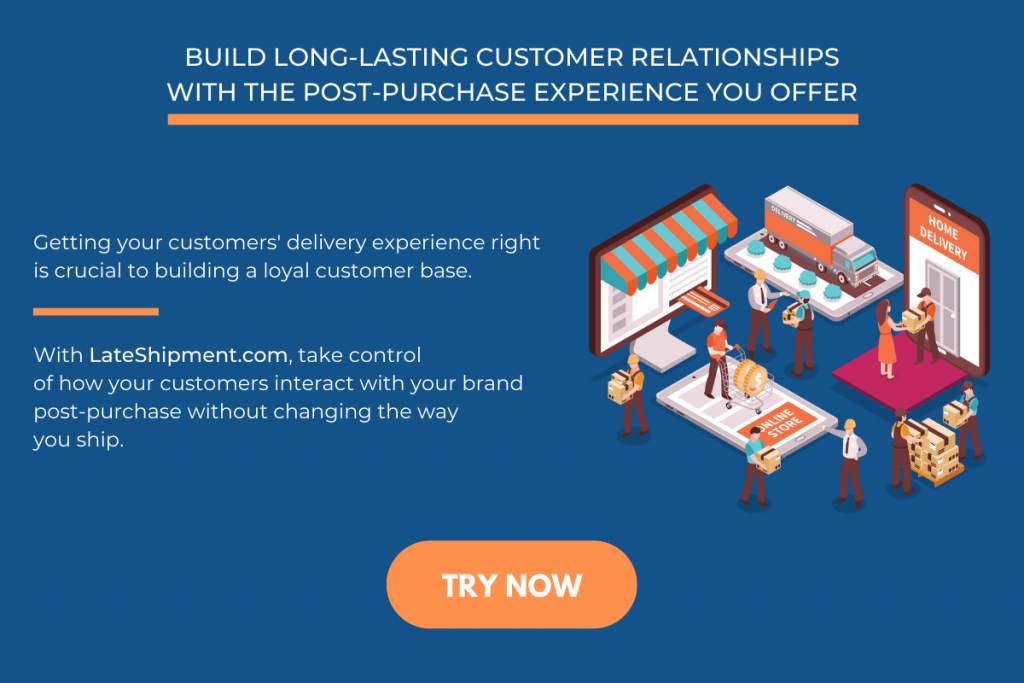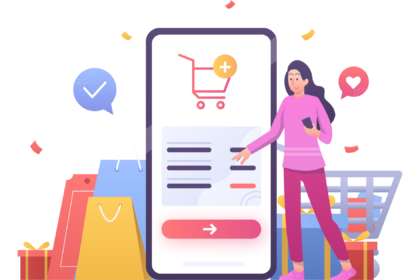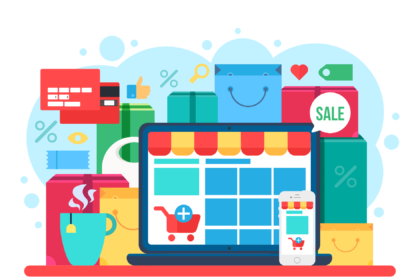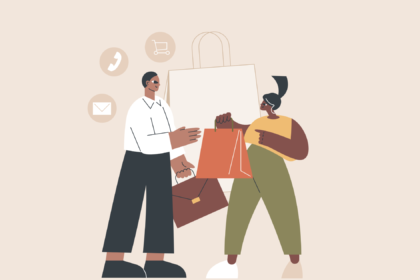Online shoppers are clear with their order delivery expectations.
They want it free, they want it NOW, and they hate delays.
How much, you ask?
So much that late deliveries tend to drive customers away.
Read on further to know how much late deliveries can cost your business and how you can deal with them in order to spur customers to spend more on your brand!
The Human Cost of Late Deliveries
How would you feel if you were affected by any of the following situations?
- Critical medicines being delivered late.
- A birthday gift you send reaching the destination a day after the special day.
- Santa delivering that particular Peppa Pig life-size toy your child has been coveting for months a day after Christmas.
You would surely not order from the same business again. You would most certainly not accept excuses like “We outsource our shipping needs to FedEx, UPS, or DHL, so please check with the shipping carrier.” Such an excuse would only infuriate you further.
My @loststock_ order placed 4th August still isn't here. Estimated delivery was 6 weeks but I knew they were running late. How long have you guys that have had orders delivered waited?
— TM (@Tattooed_Mummy) October 25, 2020
Now put your customer in the same situation.
Needless to say, they would be just as anguished as you would be in their shoes.
You Bear the Cost of Late Deliveries
What makes late deliveries worse is that despite paying a steep price to provide customers a top-notch eCommerce delivery experience, you are held accountable for delivery issues committed by your shipping carrier.
Since the onus is now on you provide a great post-purchase experience, you end up spending up to 20% more on shipping costs than you should. As if this were not bad enough, many such former customers end up posting damaging reviews on social media and forums that deter potential customers from buying with you!
And if you are planning to just replace one customer with another, you are in for a shock!
The hard truth is that acquiring new customers is costly work. It costs as much as seven times more to acquire a new customer than to retain an existing one. Also, an existing customer will buy more from you and recommend your business more than a new customer will.
For these reasons, it is critical you retain your existing customers at all costs.
The Impact of Late Deliveries on Key Metrics
You can get an unbiased picture of whether you are investing in the right areas and if you are getting commensurate returns by tracking key metrics like Customer Acquisition Cost (CAC), Customer Retention Rate (CRR), and Customer Lifetime Value (CLV).
Ready to take your post-purchase delivery experience to the next level?
Download our guide, ‘Supercharge Customer Lifetime Value & Retention Through a Stellar Post-Purchase Delivery Experience’ – for insights on key metrics that matter, and how you can leverage them to ensure a positive and seamless delivery experience.
Customer Acquisition Cost (CAC): Are You Spending Too Much on Acquiring Customers?

In simple terms, Customer Acquisition Cost (CAC) is the cost of convincing a potential customer to purchase your product/service.
CAC includes the cost of marketing and sales. The higher your CAC, the more you need to charge your customers for using your product/service to make a profit.
The simplest way to calculate CAC is to divide marketing and sales costs combined for a period by the number of customers acquired during the period.
For example, let’s say a small business spends $100,000 in a year on marketing and sales. 2000 new customers buy its products during the year.
The CAC of this business can be arrived at by dividing 100,000 by 2000. The answer is 50, which means this small business spent $50 in marketing to acquire a new customer during the year.
The effect of late deliveries on CAC – Late deliveries increase the CAC of your business. This is on account of the negative social media reviews and word-of-mouth interactions that need to be countered.
Customer Retention Rate (CRR): Are You Keeping Your Customers Happy?
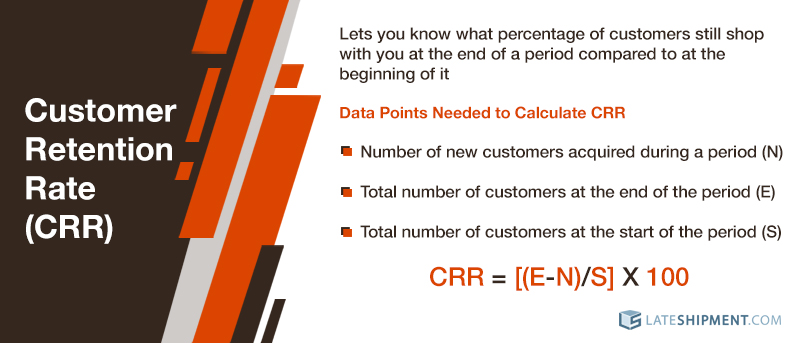
Customer Retention Rate (CRR) lets you know what percentage of customers still shop with you at the end of a period compared to at the beginning of it. The importance of customer retention cannot be overstated.
Loyal customers are worth up to 10 times as much as the value of their first purchase.
Studies have shown that increasing your customer retention rate even by 5% could lead to increased profits of between 25% and 95%
Let’s assume you want to calculate your customer retention rate (CRR) for a particular year. You started the year with 100 customers (S) and lost 5 of them during the period. You acquired 10 new customers during the year (N).
At the end of the year, the total number of customers you have (E) would be 105 (keeping in mind the ones you lost and gained).
Now, let’s apply the formula to calculate the CRR for the year.
CRR = [(E-N)/S] X 100
That is,
CRR = [(105-10)/100] X 100
The customer retention rate for the year works out to be 95%, which is a spectacularly great percentage indicating you have great customer retention programs in place.
The effect of late deliveries on CRR – Late deliveries has the effect of decreasing the CRR of your business. Most customers who experience a late delivery tend to abandon a business rather than stay on.
Another important metric to measure for eCommerce retail businesses is Customer Lifetime Value (CLV).
Customer Lifetime Value (CLV): How Much Are Customers Spending on Your Business?

Customer Lifetime Value (CLV) is a metric that is critical to the long-term viability of a business. It is the measure of how much a business can expect to earn off each customer during their relationship.
In other words, it is the measure of how much a customer is expected to spend on a business during their lifetime. The inference to be drawn here is that the longer a customer chooses to buy from a business, the greater their lifetime value. CLV is a forward-looking metric.
CLV also helps to make decisions about how much money to invest in the acquisition of new customers and the retention of the ones existing.
How to Calculate Customer Lifetime Value (CLV)
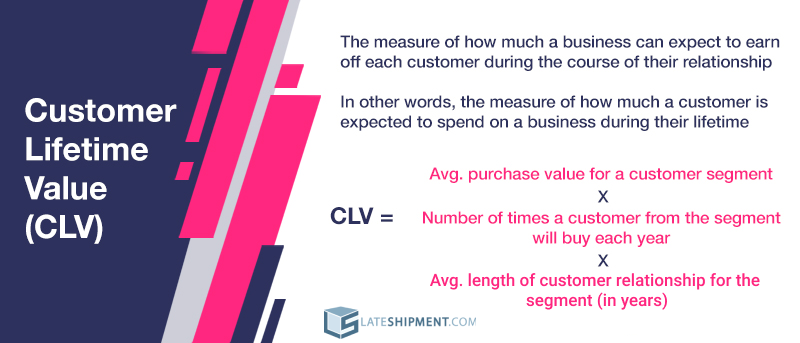
The way CLV is usually calculated is using the formula,
CLV = average purchase value for a customer segment X number of times a customer from a segment will purchase each year X average length of the customer relationship for the segment.
Let’s assume you run an eCommerce site selling shoes.
A professional runner who is a frequent buyer on your site might be worth this:
$100 per shoe pair X 4 pairs yearly X 8 years (average professional career length for the segment) = $3200
The mother of an infant might be worth this:
$20 per shoe pair X 5 pairs yearly X 3 years = $300
Now you know you will need to devote more attention to the professional runner than the mother of the infant to boost your bottom line moving forward.
This is the value of calculating CLV.
The effect of late deliveries on CLV – As far as CLV is concerned, it decreases (and drastically) because of late deliveries. Not surprising, considering that customers who experience delivery issues don’t stay loyal to a business.
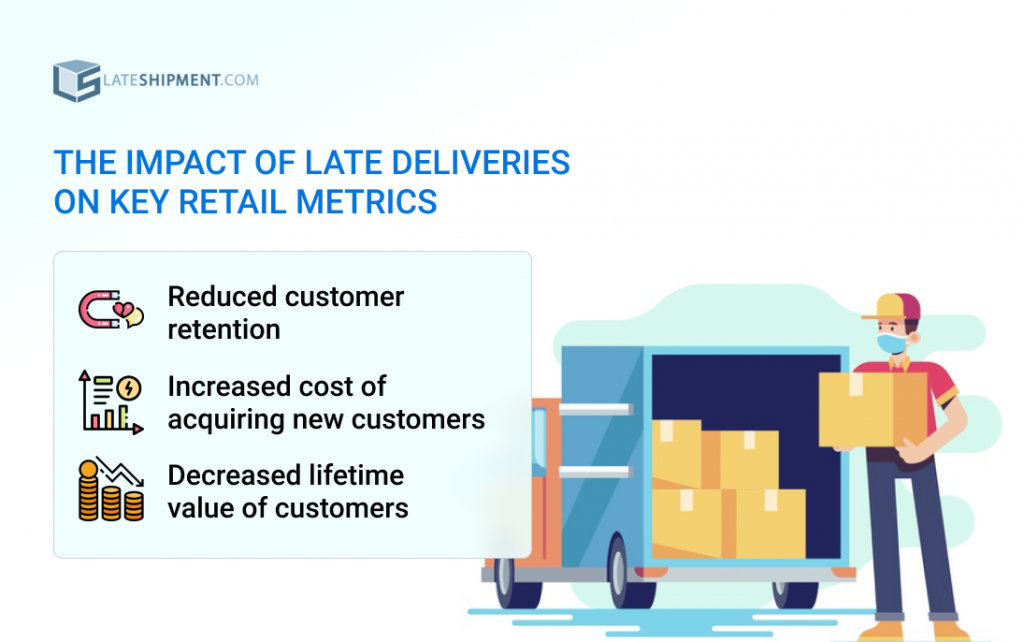
How to Deal with Late Deliveries & Boost Customer Lifetime Value
Here’s how to improve customer satisfaction in the last mile and deal with shipping delays, while ensuring your customers enjoy a near-white-glove delivery experience:
- Create a loyalty program to encourage customers to buy more and often.
- Under-promise and over-deliver on delivery dates.
- Track your shipments in real-time using a parcel-tracking service.
- Keep your customers informed of package location at all times about important parcel-tracking events, including delivery issues.
- Make use of a Delivery Experience Management (DEM) service to manage your customers’ post-purchase experience.
- Ensure that your support reps are rightly equipped to handle customer queries and complaints regarding delivery delays across all channels, including social media.
- Make the eCommerce returns process free and as simple as possible. This will contribute to the overall comfort level of your customers.
- Compensate customers for late deliveries by offering them coupons or discounts on future purchases.
- Audit your shipments and claim refunds for delivery failures, including late deliveries (but remember, refunds don’t prevent customer churn).
- For every delivery failure that happens, do a thorough analysis to understand the reasons and track your carrier’s performance.
Final Word
Taking proactive measures to handle late deliveries helps provide a positive eCommerce customer experience and improves metrics like CRR, CAC, and CLV.
Improved customer service in the last mile translates to an improved bottom line for your business.
